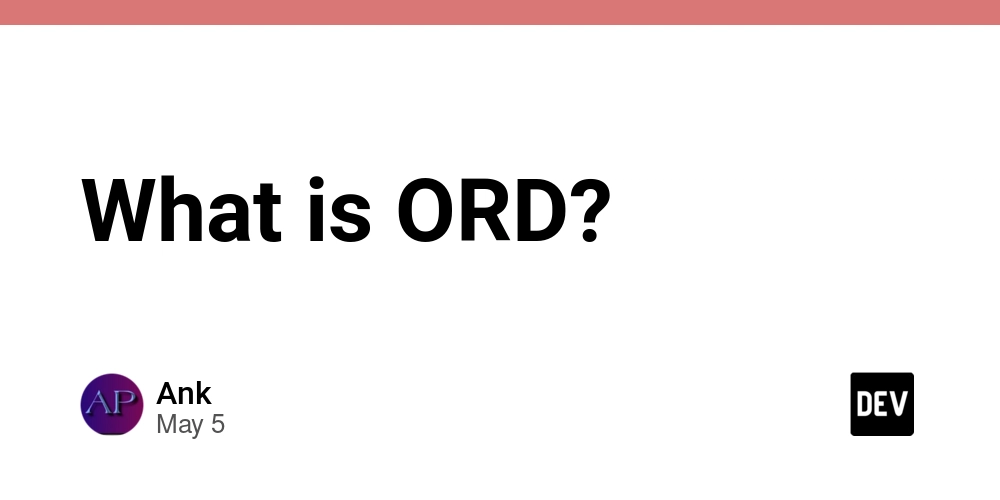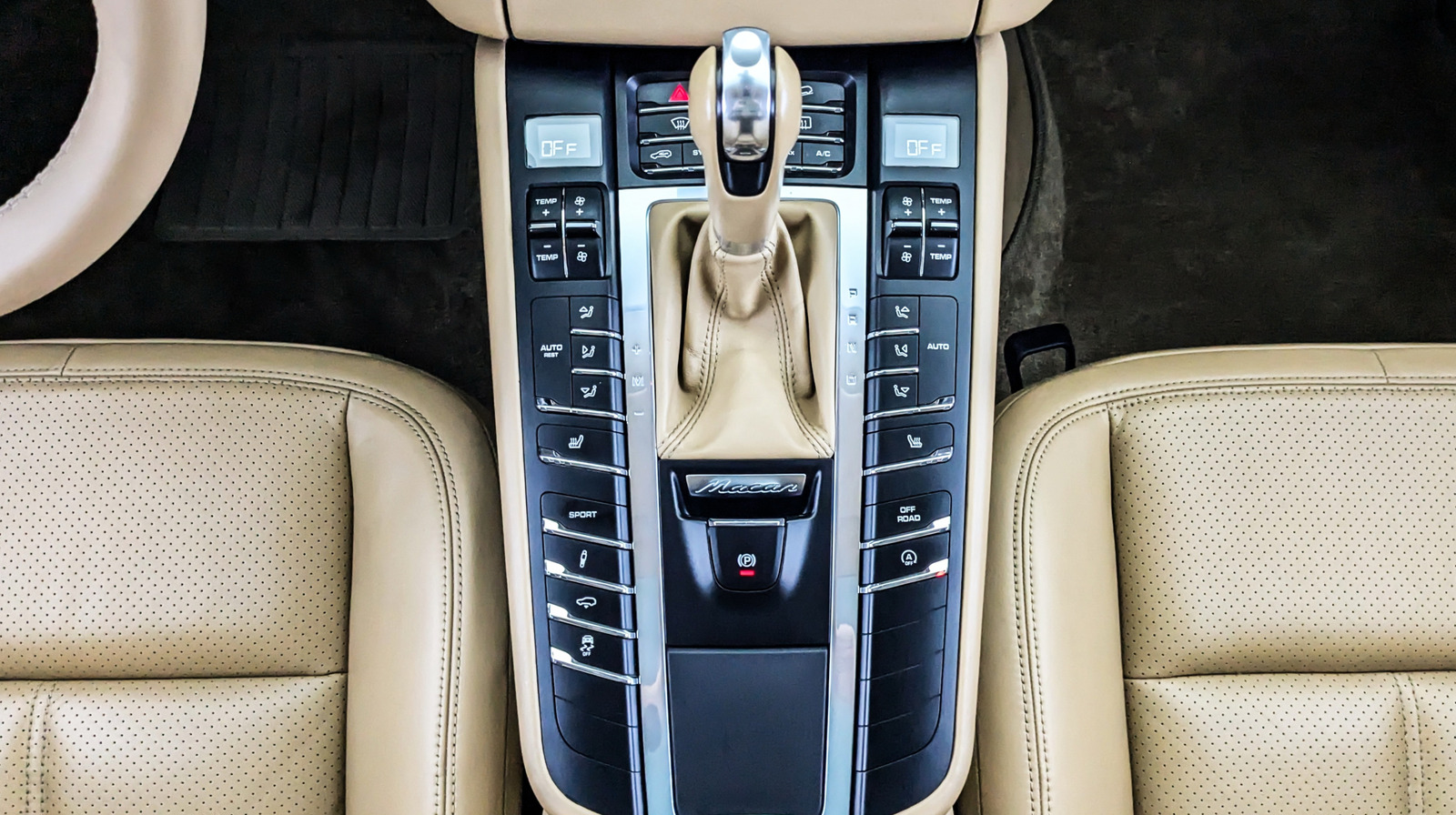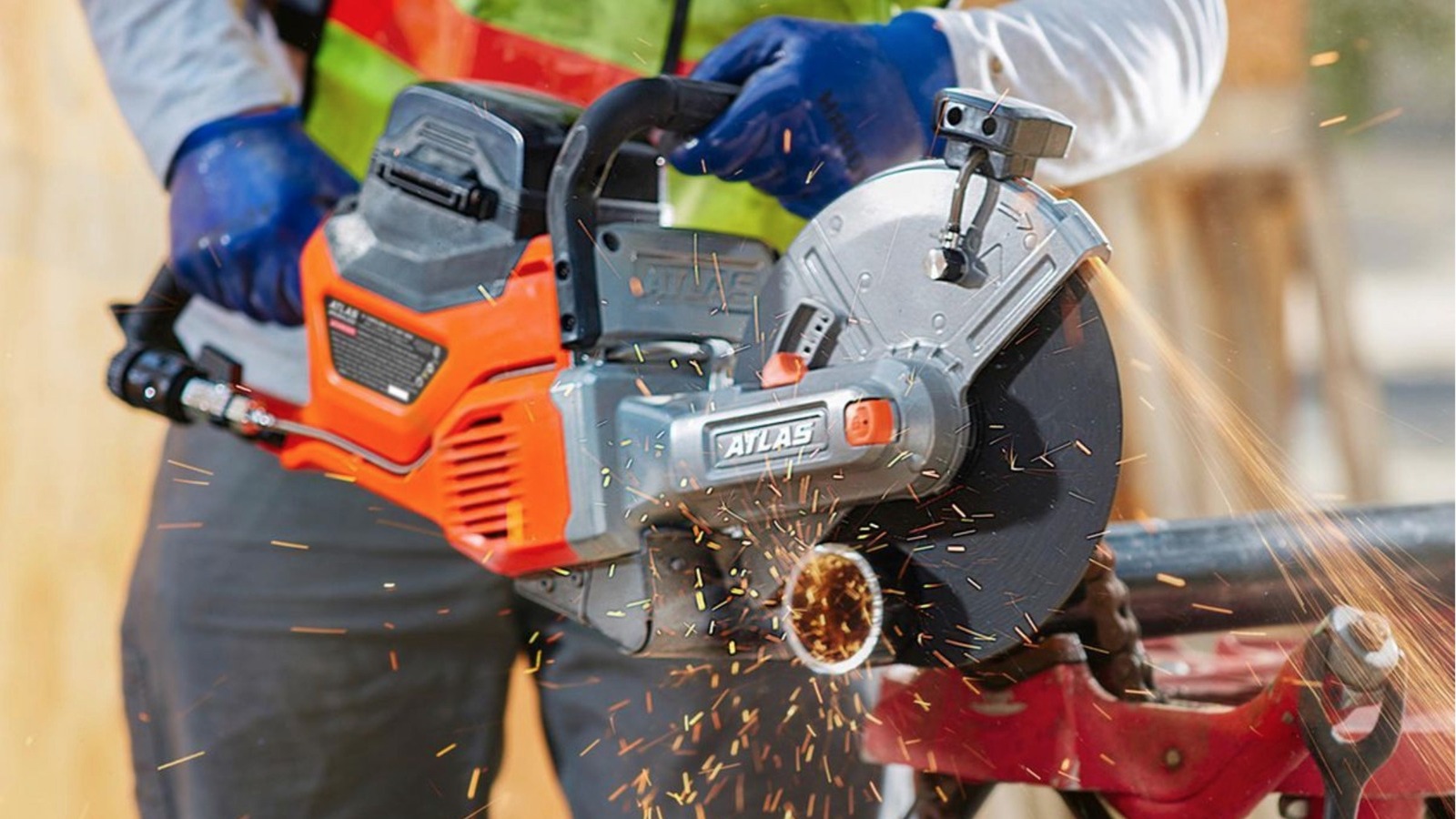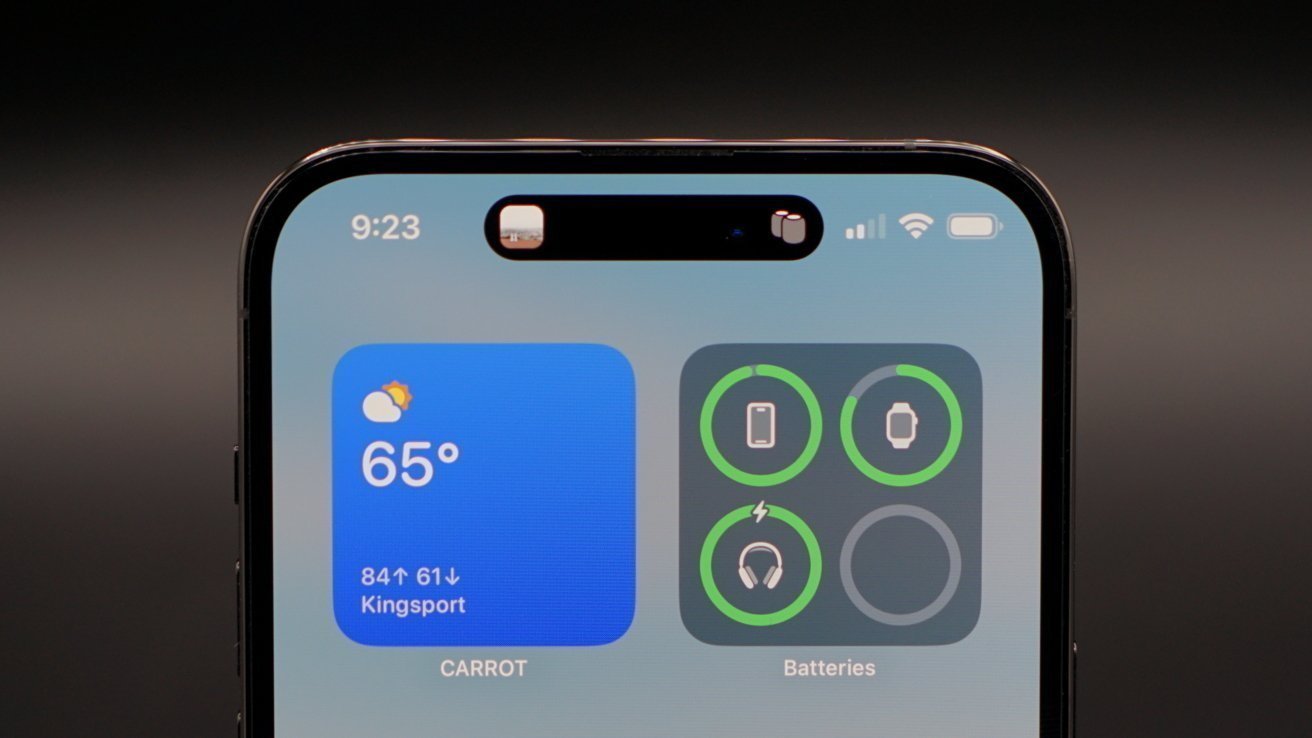How to Fix Django Installation Issues on Pythonista 3.4?
Introduction Installing Django on Pythonista 3.4, particularly on the iPad Pro using StaSh, can sometimes lead to unexpected errors and warnings, especially when interfacing with Python packages. In this article, we'll dive into the common issues you may encounter during the installation and provide step-by-step solutions to help you successfully set up Django. Why Installation Issues Happen Errors during the Django installation can stem from various reasons, including environment configurations, version mismatches, or issues with package dependencies. For example, using outdated tools, like pip, or deprecated libraries may lead to warnings, such as the deprecation of the distutils package. These warnings hint that your current setup may not be optimal for the latest versions of Django. Step-by-Step Guide to Install Django in Pythonista To effectively troubleshoot your Django installation issues, we will outline a clear process below. Step 1: Verify Your Pythonista Environment Before we begin, ensure that your Pythonista installation is updated to the latest version. Upgrading the app can resolve many underlying issues. Once you confirm that you are using Python 3.10.4, proceed with the following steps: Step 2: Check Your StaSh Version Open StaSh in Pythonista and verify your StaSh version. You can do this by running: version Ensure that you are running the latest available version of StaSh. If needed, update StaSh by executing: selfupdate Step 3: Use the Correct Installation Command Instead of using pip install django, try using StaSh's built-in package manager to install Django, as the direct command may not work correctly due to the Pythonista environment. Use the command: stash install django Step 4: Address Dependency Warnings You may encounter a warning related to distutils being deprecated. To handle this: Open your launch_stash.py and ensure that it has the statement: import sys If sys is already imported, you can ignore this warning as a temporary issue until compatible libraries are updated in future Python releases. Step 5: Debugging the KeyboardInterrupt Issue If you face the KeyboardInterrupt message repeatedly, this usually indicates that the installation process is being interrupted. Ensure that your iPad Pro has a stable internet connection, as an unstable connection can trigger this issue. Additionally, avoid using the keyboard for interruptions unless absolutely necessary. Consider running StaSh without a connected keyboard to see if that resolves the error. Troubleshooting Tips Use Virtual Environments: This ensures that your projects are isolated from one another and reduces conflicts between dependencies. Try setting up a virtual environment in Pythonista to manage your Django installation effectively. Reinstall StaSh: If issues persist, consider reinstalling StaSh by following the instructions available in the StaSh documentation. This fresh installation can sometimes solve unexplained issues. Check for Compatibility: Review the compatibility of the version of Django with Pythonista’s version of Python. Sometimes, attempting to install an unsupported version can lead to conflicts. Frequently Asked Questions (FAQ) Can I run other Python packages within StaSh? Yes, most Python packages can be installed using StaSh, but compatibility may vary. It is advisable to check individual library documentation for special instructions. What is the role of distutils in package installation? distutils is a standard module in Python that assists in the distribution of Python modules. However, it has been deprecated in Python 3.12, making it less reliable for future installations—switching to setuptools is recommended. How can I check installed packages? To list your installed packages in StaSh, use the command: pip list I still have problems downloading packages. What should I do? Ensure that you have a solid internet connection and that Pythonista has permission to access the network. You can also try different versions of packages if installation fails. Conclusion Installing Django on Pythonista 3.4 can be challenging due to several potential issues related to your environment. By following these steps, you can troubleshoot common errors effectively. Keep your StaSh and Pythonista up-to-date, and always check for any deprecation notices to ensure a smoother installation in the future.

Introduction
Installing Django on Pythonista 3.4, particularly on the iPad Pro using StaSh, can sometimes lead to unexpected errors and warnings, especially when interfacing with Python packages. In this article, we'll dive into the common issues you may encounter during the installation and provide step-by-step solutions to help you successfully set up Django.
Why Installation Issues Happen
Errors during the Django installation can stem from various reasons, including environment configurations, version mismatches, or issues with package dependencies. For example, using outdated tools, like pip, or deprecated libraries may lead to warnings, such as the deprecation of the distutils package. These warnings hint that your current setup may not be optimal for the latest versions of Django.
Step-by-Step Guide to Install Django in Pythonista
To effectively troubleshoot your Django installation issues, we will outline a clear process below.
Step 1: Verify Your Pythonista Environment
Before we begin, ensure that your Pythonista installation is updated to the latest version. Upgrading the app can resolve many underlying issues. Once you confirm that you are using Python 3.10.4, proceed with the following steps:
Step 2: Check Your StaSh Version
Open StaSh in Pythonista and verify your StaSh version. You can do this by running:
version
Ensure that you are running the latest available version of StaSh. If needed, update StaSh by executing:
selfupdate
Step 3: Use the Correct Installation Command
Instead of using pip install django, try using StaSh's built-in package manager to install Django, as the direct command may not work correctly due to the Pythonista environment. Use the command:
stash install django
Step 4: Address Dependency Warnings
You may encounter a warning related to distutils being deprecated. To handle this:
- Open your
launch_stash.pyand ensure that it has the statement:
import sys
If sys is already imported, you can ignore this warning as a temporary issue until compatible libraries are updated in future Python releases.
Step 5: Debugging the KeyboardInterrupt Issue
If you face the KeyboardInterrupt message repeatedly, this usually indicates that the installation process is being interrupted. Ensure that your iPad Pro has a stable internet connection, as an unstable connection can trigger this issue. Additionally, avoid using the keyboard for interruptions unless absolutely necessary. Consider running StaSh without a connected keyboard to see if that resolves the error.
Troubleshooting Tips
-
Use Virtual Environments: This ensures that your projects are isolated from one another and reduces conflicts between dependencies. Try setting up a virtual environment in Pythonista to manage your Django installation effectively.
-
Reinstall StaSh: If issues persist, consider reinstalling StaSh by following the instructions available in the StaSh documentation. This fresh installation can sometimes solve unexplained issues.
-
Check for Compatibility: Review the compatibility of the version of Django with Pythonista’s version of Python. Sometimes, attempting to install an unsupported version can lead to conflicts.
Frequently Asked Questions (FAQ)
Can I run other Python packages within StaSh?
Yes, most Python packages can be installed using StaSh, but compatibility may vary. It is advisable to check individual library documentation for special instructions.
What is the role of distutils in package installation?
distutils is a standard module in Python that assists in the distribution of Python modules. However, it has been deprecated in Python 3.12, making it less reliable for future installations—switching to setuptools is recommended.
How can I check installed packages?
To list your installed packages in StaSh, use the command:
pip list
I still have problems downloading packages. What should I do?
Ensure that you have a solid internet connection and that Pythonista has permission to access the network. You can also try different versions of packages if installation fails.
Conclusion
Installing Django on Pythonista 3.4 can be challenging due to several potential issues related to your environment. By following these steps, you can troubleshoot common errors effectively. Keep your StaSh and Pythonista up-to-date, and always check for any deprecation notices to ensure a smoother installation in the future.






































































































































































![[The AI Show Episode 145]: OpenAI Releases o3 and o4-mini, AI Is Causing “Quiet Layoffs,” Executive Order on Youth AI Education & GPT-4o’s Controversial Update](https://www.marketingaiinstitute.com/hubfs/ep%20145%20cover.png)






























































































































![[DEALS] Microsoft 365: 1-Year Subscription (Family/Up to 6 Users) (23% off) & Other Deals Up To 98% Off – Offers End Soon!](https://www.javacodegeeks.com/wp-content/uploads/2012/12/jcg-logo.jpg)


![From Art School Drop-out to Microsoft Engineer with Shashi Lo [Podcast #170]](https://cdn.hashnode.com/res/hashnode/image/upload/v1746203291209/439bf16b-c820-4fe8-b69e-94d80533b2df.png?#)









































































































































_Inge_Johnsson-Alamy.jpg?width=1280&auto=webp&quality=80&disable=upscale#)


































































































![The Material 3 Expressive redesign of Google Clock leaks out [Gallery]](https://i0.wp.com/9to5google.com/wp-content/uploads/sites/4/2024/03/Google-Clock-v2.jpg?resize=1200%2C628&quality=82&strip=all&ssl=1)













![New Apple iPad mini 7 On Sale for $399! [Lowest Price Ever]](https://www.iclarified.com/images/news/96096/96096/96096-640.jpg)
![Apple to Split iPhone Launches Across Fall and Spring in Major Shakeup [Report]](https://www.iclarified.com/images/news/97211/97211/97211-640.jpg)
![Apple to Move Camera to Top Left, Hide Face ID Under Display in iPhone 18 Pro Redesign [Report]](https://www.iclarified.com/images/news/97212/97212/97212-640.jpg)




































































































